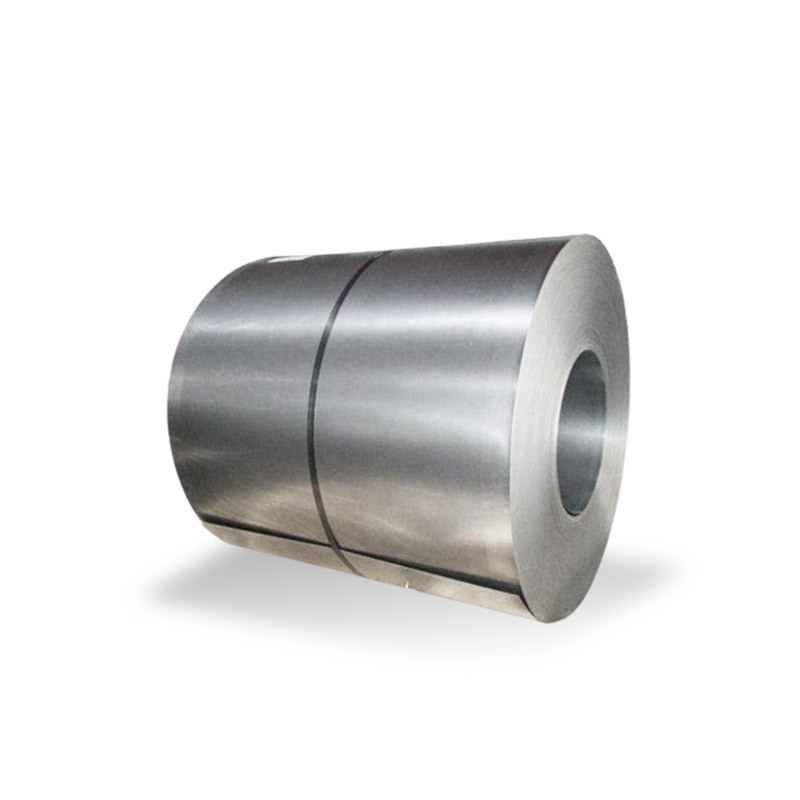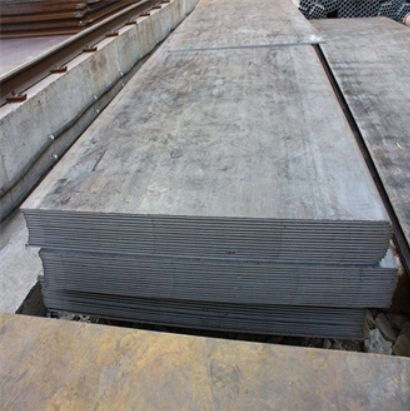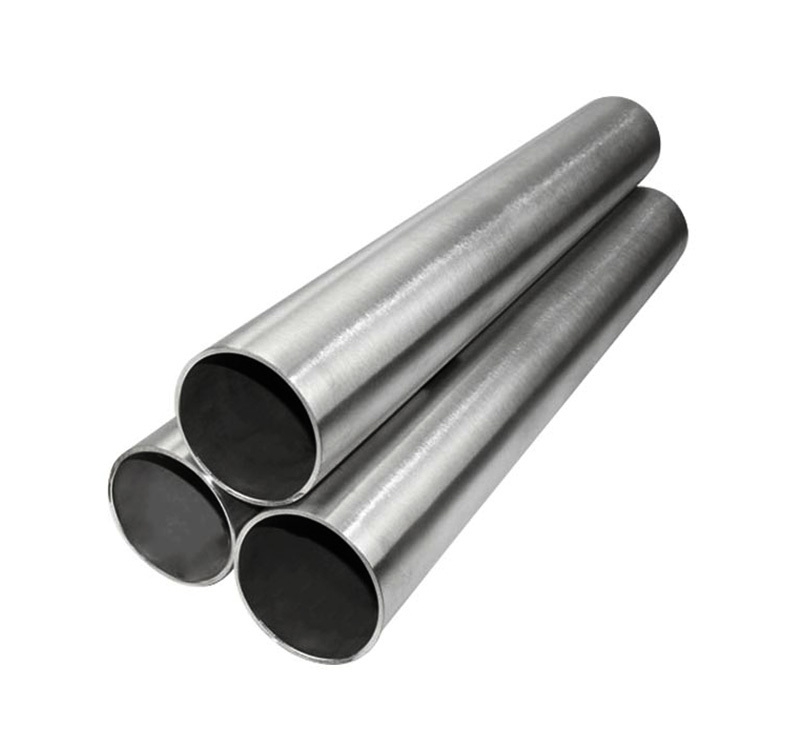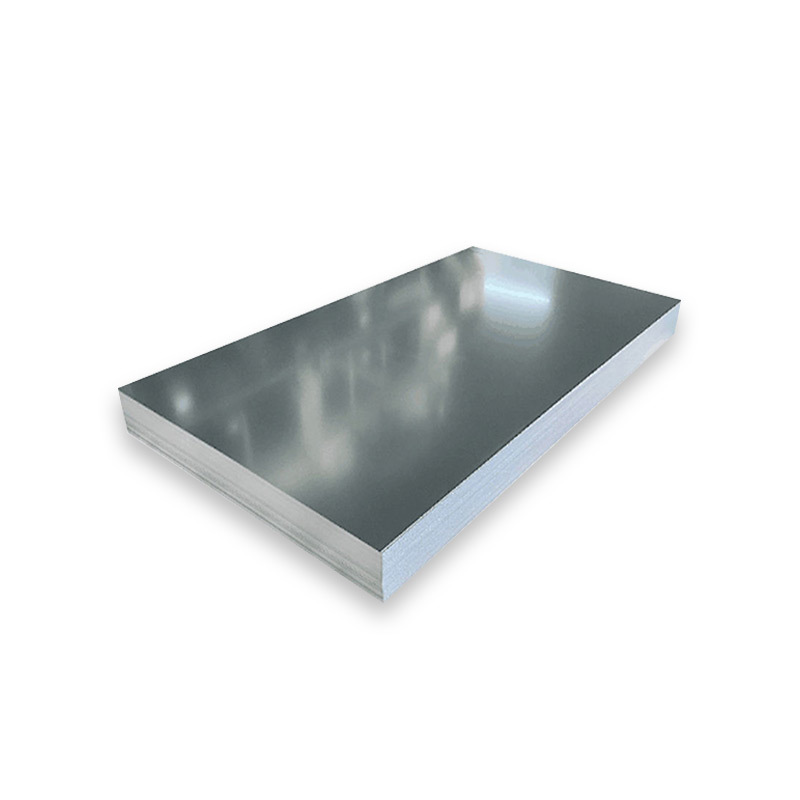1095 carbon steel is a high-carbon steel known for its impressive hardness and strength. As a member of the 10XX series, 1095 steel stands out due to its 0.95% carbon content, making it one of the hardest and strongest carbon steels available. Due to its unique balance of properties, it is commonly used in applications that require extreme durability and edge retention. In this guide, we’ll explore the composition, uses, advantages, and comparisons of 1095 carbon steel.
What is 1095 Carbon Steel?
1095 carbon steel belongs to the 10XX series, where the last two digits indicate the percentage of carbon in the steel. With a carbon content of 0.95%, it falls on the high end of the carbon spectrum. High-carbon steels like 1095 typically range from 0.6% to 1.0% carbon content. This increased carbon percentage results in a material with high strength, hardness, and wear resistance, though it can be more brittle than lower-carbon steels.
Carbon Content
The carbon content of 1095 steel is 0.95%, which significantly influences its properties, including hardness and strength. The higher carbon content makes it stronger but also more prone to brittleness when compared to lower-carbon steels.
Uses of 1095 Carbon Steel
1095 carbon steel is renowned for its versatility in a variety of industrial and manufacturing applications. Its excellent hardness and wear resistance make it particularly suitable for:
-
Cutlery and Blades: 1095 steel is a popular choice for high-performance knives, swords, and other bladed tools.
-
Spring Components: Due to its hardness and ability to retain shape, it is often used in making springs.
-
Industrial Tools: Applications that require high wear resistance and strength, such as chisels, hammers, and punches.
-
Construction: Used in applications such as axles and other heavy-duty machinery parts.
Suitability for Knives
1095 steel is a favored material for knives, especially for tools that require excellent edge retention and toughness. Its hardness makes it ideal for cutting and slicing tasks. However, it is important to note that 1095 steel is not corrosion-resistant and requires proper care to avoid rusting.
Suitability for Swords
1095 carbon steel is widely used in the production of swords, including katana-style blades. Its high carbon content provides a sharp, durable edge, but it must be properly maintained to prevent rust.
How Is 1095 Carbon Steel Made?
The production of 1095 carbon steel involves the smelting of iron ore or scrap steel in a furnace. The process includes adding carbon to the molten steel to achieve the desired 0.95% carbon content. Further refinement processes may be employed to control the carbon content and improve the steel’s structure. Additionally, alloying elements such as manganese are added to enhance the properties of the steel.
Chemical Composition of 1095 Carbon Steel
1095 carbon steel is composed primarily of iron and carbon, with small amounts of other elements such as manganese, silicon, and phosphorus. The typical chemical composition includes:
| Element | Percentage |
|---|---|
| Iron | 98.1–98.8% |
| Carbon | 0.90–1.05% |
| Manganese | 0.30–0.50% |
| Silicon | 0.20% |
| Phosphorus | <0.04% |
| Sulfur | <0.05% |
Carbon Content
The carbon content in 1095 steel is approximately 0.95%. This higher carbon content provides enhanced hardness and strength but can make the material less ductile.
Properties of 1095 Carbon Steel
1095 carbon steel boasts several key properties that make it highly desirable for industrial and manufacturing purposes:
-
Hardness: With a Rockwell hardness of approximately 60 HRC, 1095 steel is one of the hardest steels available.
-
Tensile Strength: 1095 steel has an impressive tensile strength, making it suitable for high-stress applications.
-
Wear Resistance: Its high hardness gives it superior wear resistance compared to low and medium-carbon steels.
-
Magnetism: 1095 steel is ferromagnetic, making it useful in certain applications that require magnetic properties.
| Property | Value |
|---|---|
| Density | 7.85 g/cc |
| Yield Strength | 600 MPa |
| Hardness (Rockwell C) | 60 HRC |
| Magnetism | Ferromagnetic |
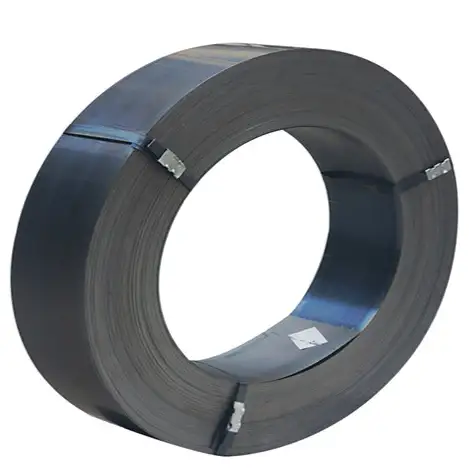
Machinability of 1095 Carbon Steel
Due to its high carbon content, 1095 steel is harder to machine than lower-carbon steels. It has a machinability rating of 50%, which is relatively low compared to other steels. However, it can still be machined with appropriate tools, though it requires slower cutting speeds and proper cooling to avoid tool wear.
Characteristics of 1095 Carbon Steel
The primary characteristics of 1095 carbon steel include:
-
High Hardness: Ideal for cutting and bladed tools.
-
High Strength: Suitable for heavy-duty applications.
-
Wear Resistance: Excellent for machinery parts that experience high wear.
-
Brittleness: More brittle compared to low-carbon steels, especially in hardened conditions.
Is 1095 Carbon Steel Mild Steel?
No, 1095 carbon steel is not mild steel. Mild steel, or low-carbon steel, has a carbon content of around 0.05–0.30%. In contrast, 1095 steel has a significantly higher carbon content (0.90–1.05%), which gives it superior hardness and strength but less ductility.
Is 1095 Carbon Steel Strong?
Yes, 1095 steel is strong, with a tensile strength of 600 MPa. While it is not the strongest of all steels, it is stronger than medium and low-carbon steels due to its higher carbon content.
Is 1095 Carbon Steel Weldable?
Welding 1095 carbon steel is challenging due to its high carbon content, which can cause brittleness and hydrogen-induced cracking. Preheating the material before welding can help reduce this risk, but it is generally not recommended to weld 1095 steel unless absolutely necessary.
Forms of 1095 Carbon Steel
1095 carbon steel is available in various forms, including:
-
Hot-Rolled Plate: Provides better ductility and lower hardness, making it easier to work with.
-
Cold-Rolled Plate: Offers higher strength and hardness but is more brittle.
What Are the Equivalents of 1095 Carbon Steel?
Here are some equivalent grades of 1095 steel from different countries:
| Country | Equivalent Grade |
|---|---|
| EU | C95 |
| Germany | C95 |
| Japan | SK5 |
| China | 65 |
Advantages of Using 1095 Carbon Steel
The key advantages of 1095 carbon steel include:
-
High Hardness: Ideal for tools that require durability and sharpness.
-
Strength: Offers excellent tensile strength.
-
Wear Resistance: Suitable for parts that experience wear and tear.
-
Cost-Effective: Compared to other high-alloy steels, 1095 is relatively inexpensive.
Disadvantages of Using 1095 Carbon Steel
Some disadvantages of 1095 carbon steel include:
-
Brittleness: It is more prone to cracking compared to lower-carbon steels.
-
Corrosion Susceptibility: It requires regular maintenance to prevent rust and corrosion.
-
Poor Weldability: Difficult to weld due to its high carbon content.
Is 1095 Carbon Steel Expensive?
No, 1095 carbon steel is relatively affordable. Its price generally ranges between $800 and $1,100 per ton, depending on the supplier and market conditions. This is more affordable compared to more complex alloys like stainless steel or high-speed steel.
Comparison with Other Steel Types
1095 Carbon Steel vs. Ordinary Steel
Ordinary steel generally refers to low-carbon steels, which have carbon contents below 0.30%. 1095 steel, with its higher carbon content, offers much higher hardness and strength but is also more brittle and prone to rust.
1095 Carbon Steel vs. High-Carbon Steel
1095 steel is a high-carbon steel, with a carbon content of around 0.95%. Higher-carbon steels like 1095 typically offer better hardness and strength compared to medium-carbon steels but at the cost of reduced ductility.
1095 Carbon Steel vs. Medium-Carbon Steel
1095 steel generally has better hardness and wear resistance than medium-carbon steels, but it lacks the ductility of medium-carbon steels. Medium-carbon steels are often preferred in applications requiring more flexibility and toughness.
1095 Carbon Steel vs. 1045 Carbon Steel
The main difference between 1095 and 1045 carbon steel is their carbon content. 1095 steel, with a higher carbon percentage (0.90–1.05%), is harder and stronger than 1045 steel, which has a carbon content of 0.45%. However, 1045 steel is more ductile and less brittle.
Conclusion
1095 carbon steel is a high-performance material that excels in applications requiring hardness and strength. While it has some challenges, such as brittleness and poor weldability, it remains a top choice for blades, industrial tools, and high-wear applications. By understanding its properties, uses, and comparisons, you can make an informed decision when considering 1095 steel for your next project.



